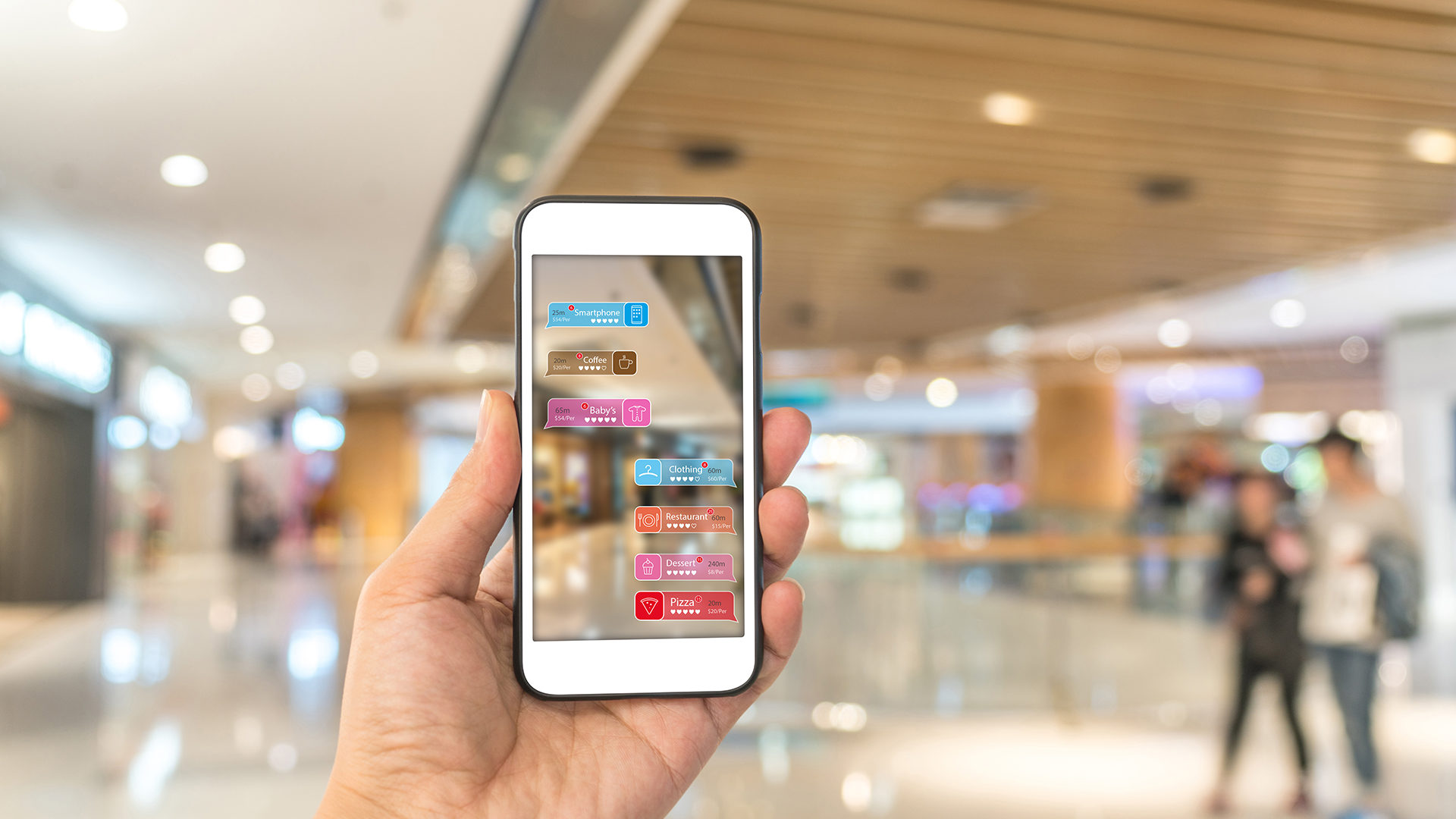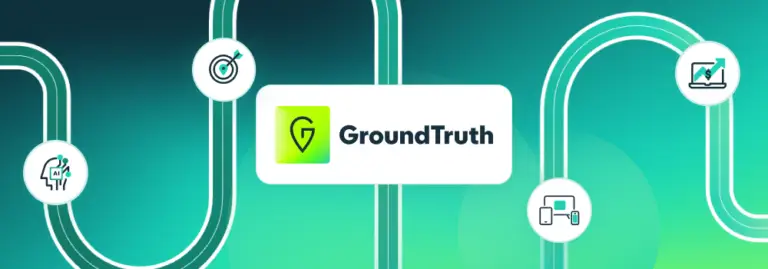Beacon advertising seems poised to be the next big thing in marketing. That’s because it’s a way to reach your audience with hyper-personalized offers. But the truth is more complex. Yes, beacon ads is an opportunity for marketers, but there are also limits to what they can achieve with the technology. In this article, we’ll examine both, and will look at where beacon advertising is most effective. We’ll also explore ways to use other technologies to move beyond those limits. Let’s start by defining beacon ads.
What is Beacon Advertising?
Beacon advertising (also called “beacon marketing”) is a way of advertising by way of small battery-operated transmitters called “beacons” to send short-range signals to mobile devices via Bluetooth. Using this technology lets store owners and others to gather data or to personalize, location-based ads to people who are in or near their premises. With mobile device ownership at saturation point in the US and mobile-first audiences in many parts of the world, advertisers need to reach these audiences with the more personalized experiences they expect. Beacon ads can help with this.
Beacon Advertising Use Cases
Here are some of the ways you can use beacon ads effectively.
- On-premise advertising: Imagine shoppers browsing the cereal section at their local supermarket and getting a mobile notification that there’s an offer on their favorite brand. Or realtors using a beacon on a for sale sign to provide property details to potential buyers. Beacon marketing allows you to target mobile promotions based both on location and past actions, making it more likely that the recipients will take action.
- Integration with third-party location services: Advertisers can integrate beacons with third-party location services like Shopkick. This type of integration gives more data on shopper behavior. So when someone enters a store, you can welcome them, offer recommendations based on past browsing or purchase behavior, and deliver targeted deals and rewards, all via mobile notifications.
- Integration with major tech platform networks: Advertisers can also benefit from integration with the major tech platforms. For example, beacons can make a social media check-in seamless, by detecting when a person is in a particular location. And you can use beacons to serve up retargeting ads to people who need a little more encouragement to make a purchase.
Limitations of Beacon Ads
However, despite these advantages, beacon advertising is not a magic bullet for marketing. That’s because of the limitations of scale, precision, and customization. Let’s explore these in more detail.
Scale
Using beacon technology can require customers to:
- Download the brand’s app
- Enable location tracking and push notifications
- Enable Bluetooth
- Have their phone in their hands
Because of both these factors, the potential audience is small. On top of that, only a few brand apps have more than a million monthly active users who have completed all those steps. And there are no third party location apps with that user base, either.
Precision
With beacon advertising, you can’t always guarantee everything will work, either. Beacons must be monitored constantly, as they can quite easily stop working or break. And then there’s signal interference: there’s no spectrum reserved for Bluetooth, so you can get dead zones. Plus 3G, WiFi and other users of the spectrum can block beacon signals. That interrupts advertising coverage, making beacon ad campaigns less effective.
Customization
You need more than the beacon to make personalized ads work. While the beacon triggers sending an offer to an app, advertisers need a content management system to handle serving offers based on customers’ actions and location. While beacon marketing works for on-premise or in-range advertising, they can’t reach nearby users outside the beacon range. This results in a missed opportunity to target those who might consider visiting a location based on their past behavior.
Beacon Ad Alternatives – Geo Location Advertising
One way to make up for the limitations of beacon ads is to use geo-location advertising. Geo-location advertising can be precise, scalable, and customizable, making it a good complement to beacon technology.
Precise
Rather than being limited to just reaching people on-premise, geo-location targeting also lets you reach people who are near or who have been to specific locations to message or influence nearby consumer behavior.
Scalable
With geo-location advertising, scale is no issue. First, you can reach a wider audience because you’re not limited to those who’ve completed all of the checklist actions needed for successful beacon marketing. Second, through partners like GroundTruth, you have access to billions of location data enriched ads and targeting impressions. Today, you can reach more than 120 million unique monthly devices across thousands of apps on our platform.
Customizable
Geo-location advertising offers unparalleled opportunities for advertisers to learn more about their audience. For example, location-based ad requests provide audience insights and visit measurement for a scaled audience data set. For example, advertisers can build audiences of people who visited their location or their competitor’s location in the last 90 days. There’s no limit with ad formats, either. You can use all standard and rich media formats. And you can hyper-customize what customers see, serving dynamic content based on time of day, weather, distance from the location, among others. So, does that mean you should abandon beacon advertising? Not at all. In fact, there are some use cases where beacon ads are an excellent advertising choice.
Current Best Use Cases for Beacon Advertising
Here are some of the ways in which beacon advertising shines.
- Reaching loyalists: as we said earlier, there’s a small, loyal audience who will complete all the steps needed for effective beacon ads. Since loyal customers deliver 40% of store revenue, the value of engaging these customers sometimes outweighs the reduction in scale.
- Gathering In-Store Behavioral Data: this is more geared towards the retailers who would like to get a better understanding of how their shoppers are interacting with their store. This can help with store design optimizations, in-store marketing opportunities and much more.
- Event promotions: People attending events are likely to install and use event apps. This adoption rate and the high concentration of users within the event location leverages beacon marketing’s strengths. Beacons can help events go more smoothly by enabling automatic registration and check-ins, helping organizers to identify the busiest booths, and alerting people of what’s happening nearby.
- Different area based app actions: The ability to use beacons to serve up different app actions or trigger different content versions based on different areas provides valuable information for advertisers. This outweighs the disadvantage of significantly reduced reach.
As you’ve seen, though beacon advertising has several limitations, there are also opportunities to use it effectively to promote a business. For best effect, use geo-location advertising along with beacon ads, to reach all your audiences whether they’re shopping in-store or are in the area. Interested in generating more sales by driving more visits to your retail store? Sign up for our self-serve ad platform today.





